“Education is not the filling of a pail but the lighting of a fire” — William Butler Yeats
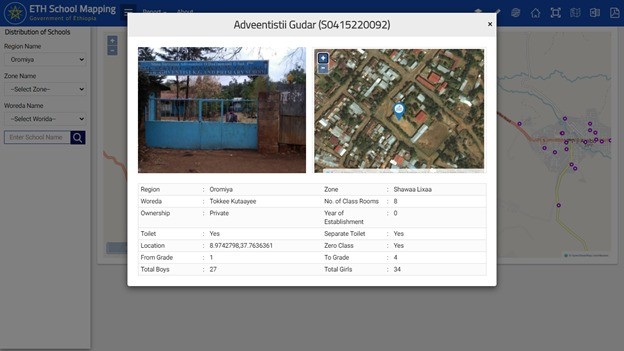
The concept of ‘school mapping’ can be traced to 1963 when the French government decided to raise the age bar for compulsory schooling to 16. Achieving this goal meant ramping up the count of schools. This was a colossal exercise. The country’s Ministry of Education or its regional offices lacked the method to plan the locations for new schools or take a call on the type of schools needed. What ensued was a series of circulars, regulations, standards and procedures which were touted as ‘school mapping’. Almost six decades later, nations face the same dilemma- where to set up schools by identifying the right catchment areas. For them, the hurdle is not paucity of funds or availability of technology backed ‘school mapping’ tools. The challenge is to refine micro-planning by engaging local communities and integrate their inputs with the macro process of school mapping.
Inequities in Education Opportunities: The Need for Mapping
The need for school mapping stems from lopsided opportunities in education. In any undeveloped or developing nation, clusters of education ecosystems have coexisted with habitations still untouched by a ‘brick and mortar’ learning system. The scenario is inconsistent with the United Nations’ Sustainable Development Goal (SDG) 4.0 which provides for quality education and promoting ‘lifelong learning opportunities for all’ by 2030.
Nations have a lot of catching up to do as by 2030, an estimated 60 million children worldwide won’t have access to primary education. Moreover, climate change and global conflicts have worsened the situation and children find it tough to access education in a changed ambience. The moot question is not just getting kids into schools but appraising the infrastructure and learning tools they are availing. Hence, ICT and GIS based school mapping is needed to identify the gaps, measure vulnerabilities and suggest responses for improving educational outcomes.
So, what can school mapping deliver? As an essential planning tool, it can overcome regional imbalances in availability of educational facilities. Since mapping uses both spatial and demographic coordinates, it can specify habitations that need schools and suggest upgrade of existing facilities.
GovTech models aligned with micro-planning can deliver better
India has close to 1.2 million government or government-aided schools. For 2020–21, the Union government had budgeted Rs 59845 crore for school education. Schemes like Sarva Shiksha Abhiyaan- SSA (now subsumed under Samagra Shiksha) operational since 2000–01 have helped to address gaps such as opening of new schools, providing additional classrooms, provisioning for more trained teachers, construction of separate toilets (for the girl child) etc. They also illustrate how GovTech tools can be force multipliers in delivering better outcomes. And, such advantages are location agnostic.
Take for instance Ethiopia. This sub Saharan African nation has used ICT based school mapping solution to improve enrolment rate in secondary education and curb dropouts. The World Bank funded project taps multi-layered GIS mapping to ensure that construction of future schools factors in the demand and existing availability of schools, density of population and socio-economic situation of the area.
India, too, vindicates the success of GovTech solutions in achieving better education outcomes. Projects like E Shishu designed for smoothening SSA implementation leverage technology enabled Child Tracking System (CTS) to track every child in the age group of 6–14 on parameters like name, date of birth, educational and socio-economic status. The objective is to retain in-school children and bring back the school drop-outs. Also, the system is capable of tagging all revenue villages with the schools using unique EMIS (Educational Management Information System) code. Local stakeholders including teachers, anganwadi workers and community members can be engaged in data collection from the targeted houses to create a master database of millions of children using Intelligent Character Recognition Technology.
Going ahead, integrated GovTech models that amalgamate digital mapping with offline micro-planning promise to enrich the learning experience.
The author is Priyadarshi Nanu Pany, founder & CEO of CSM Technologies. This article was originally published on his LinkedIn profile: https://www.linkedin.com/pulse/redrawing-contours-school-mapping-priyadarshi-nanu-pany/










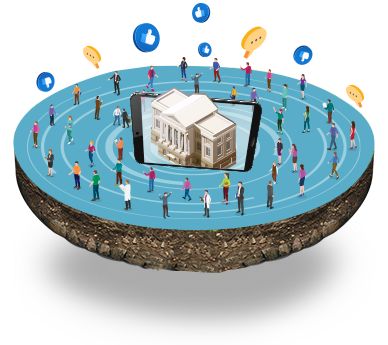
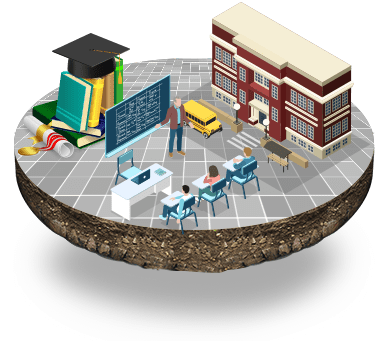
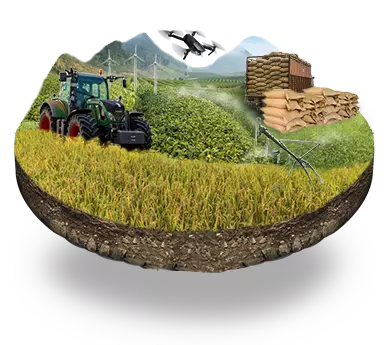
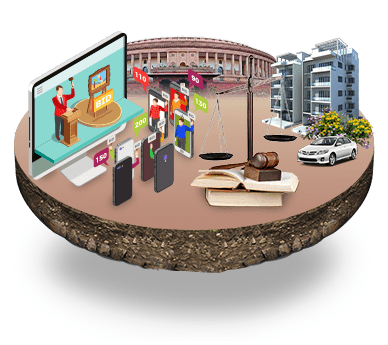





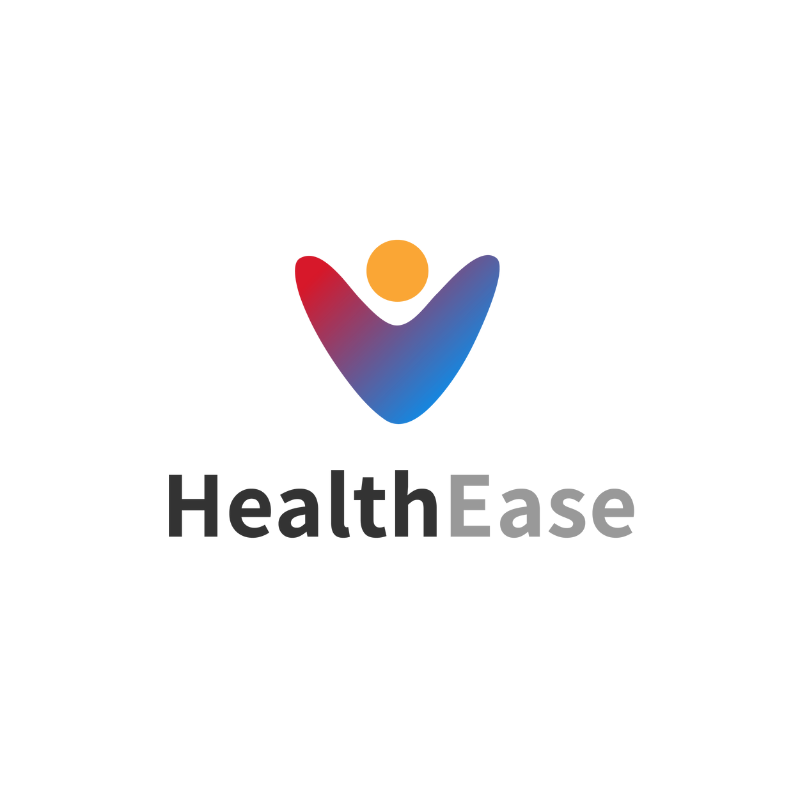


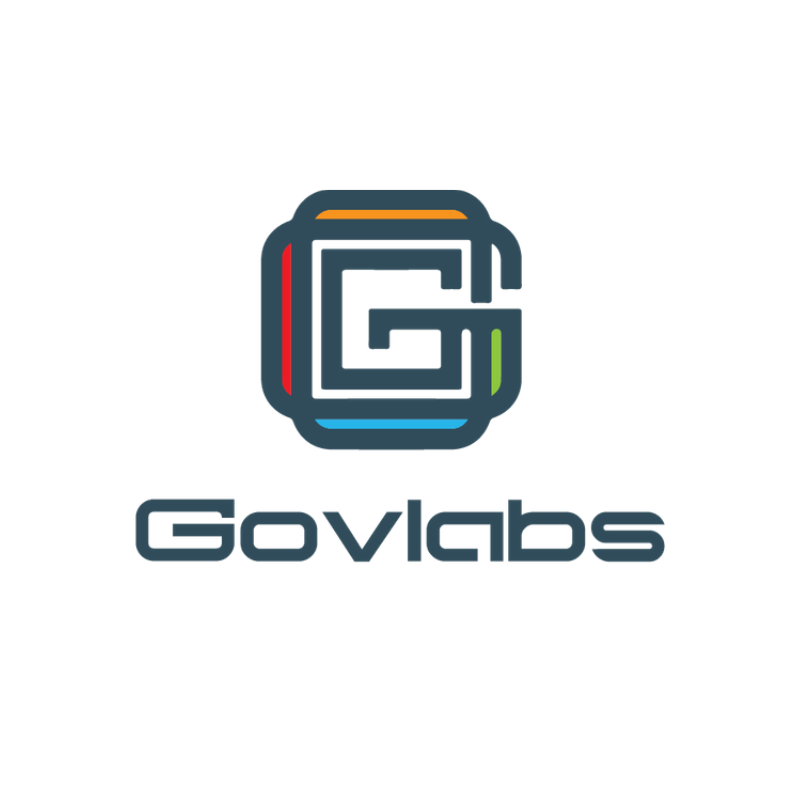
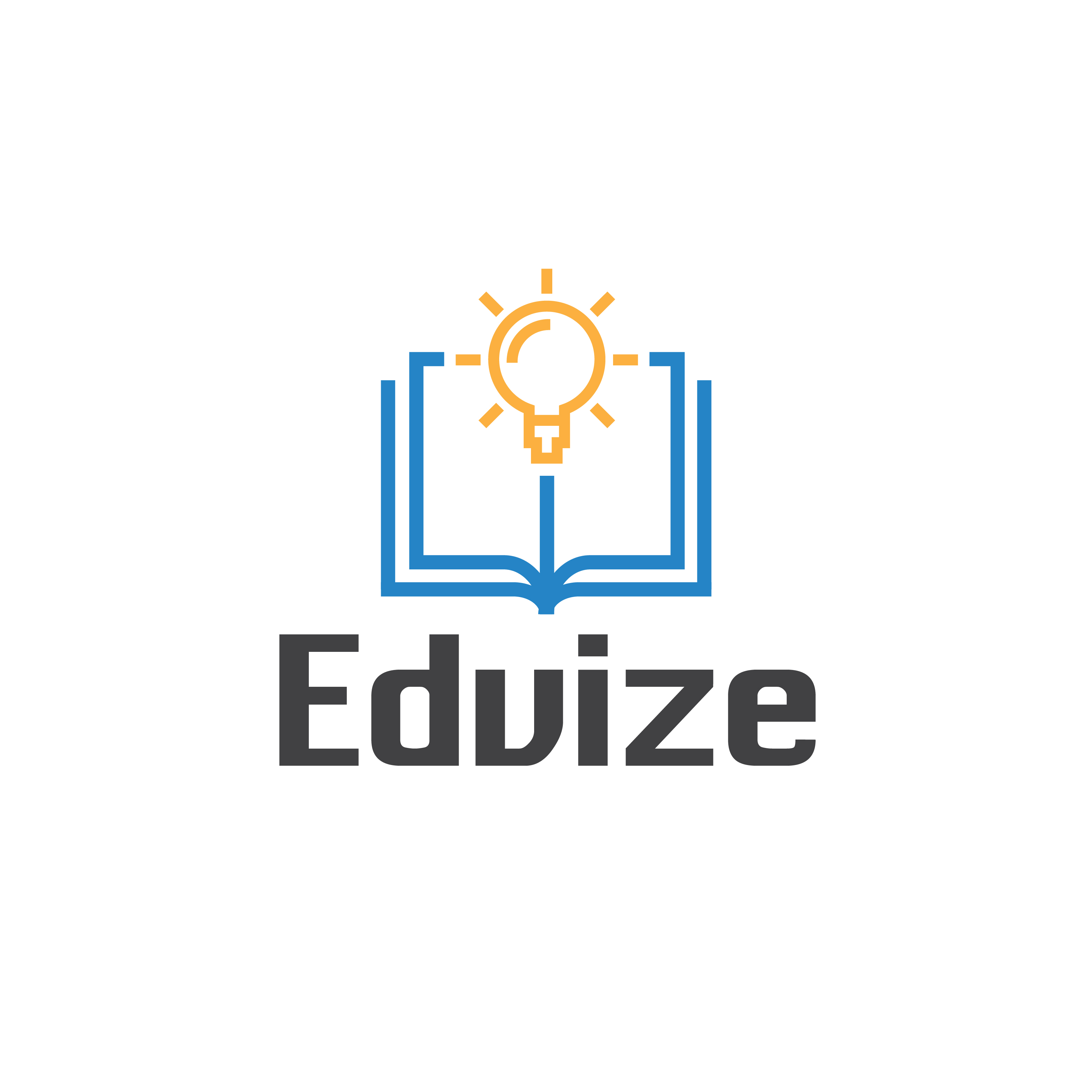

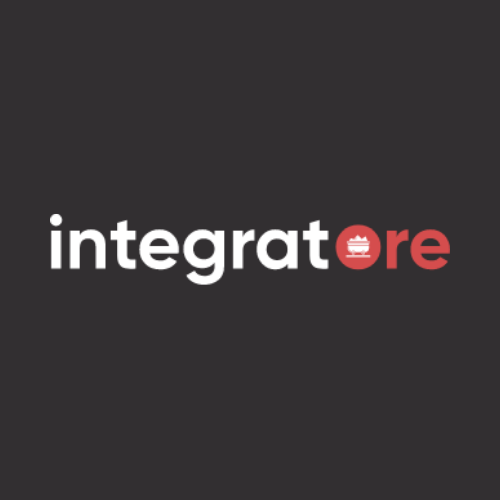
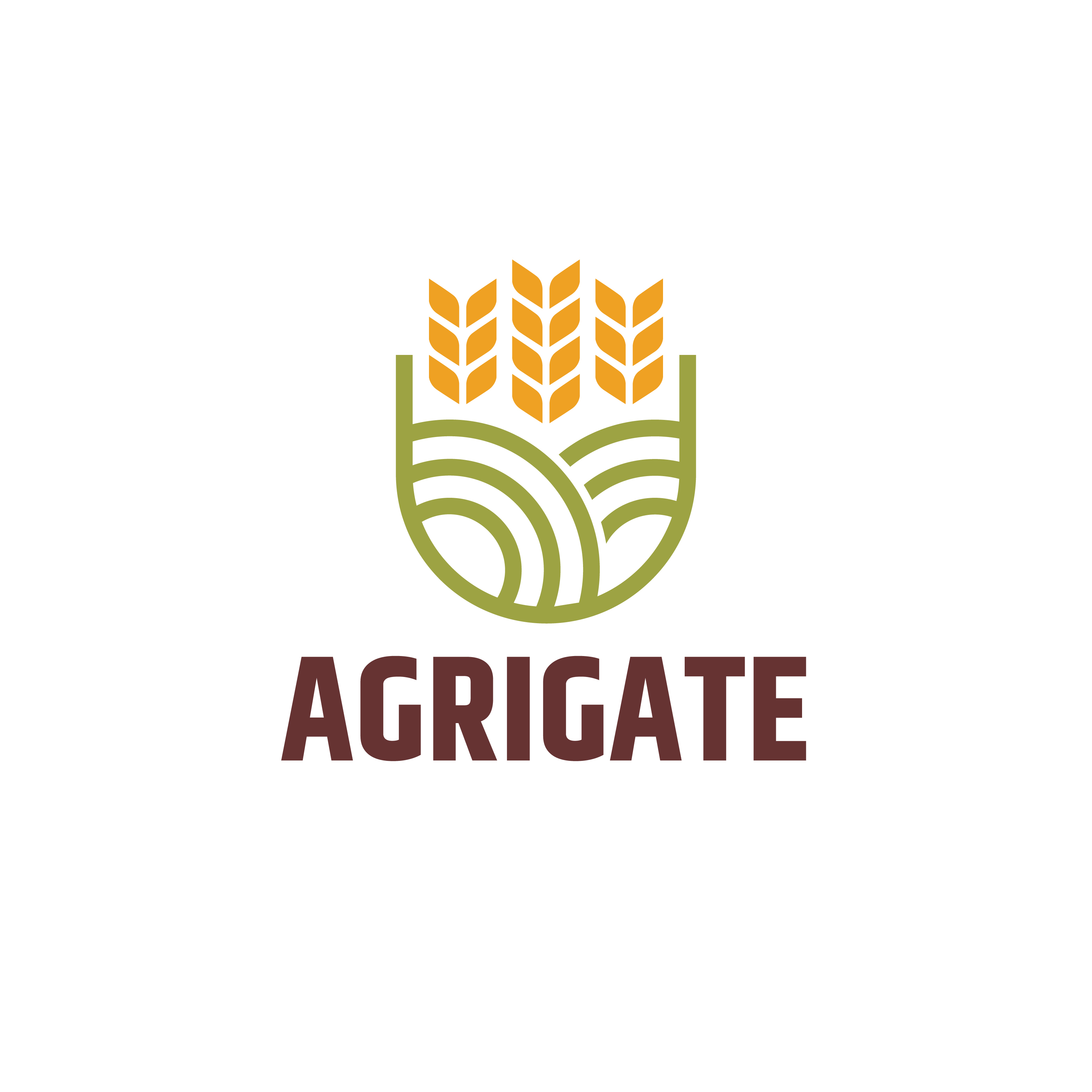
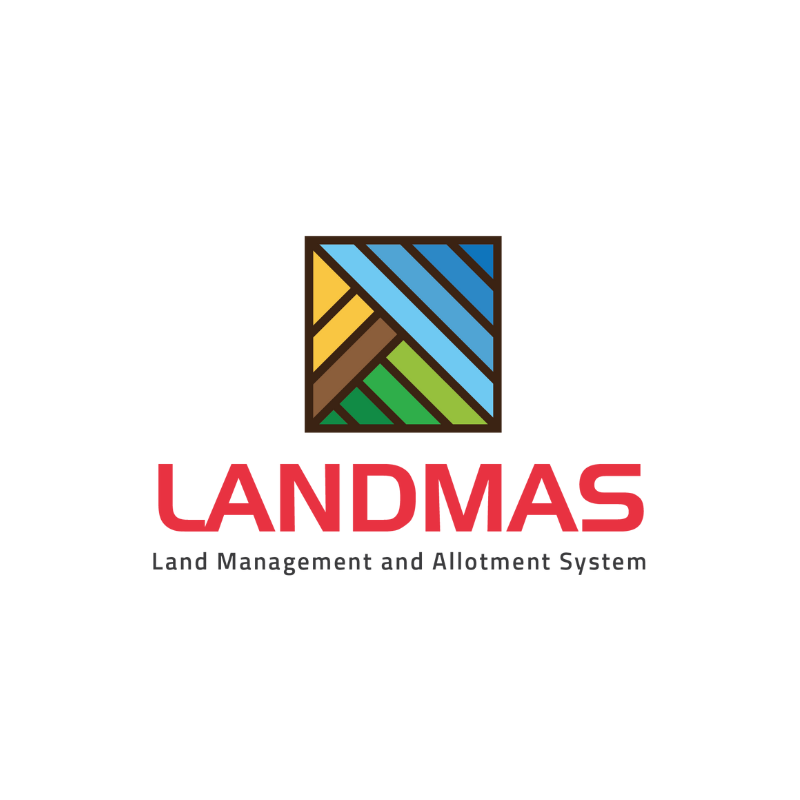
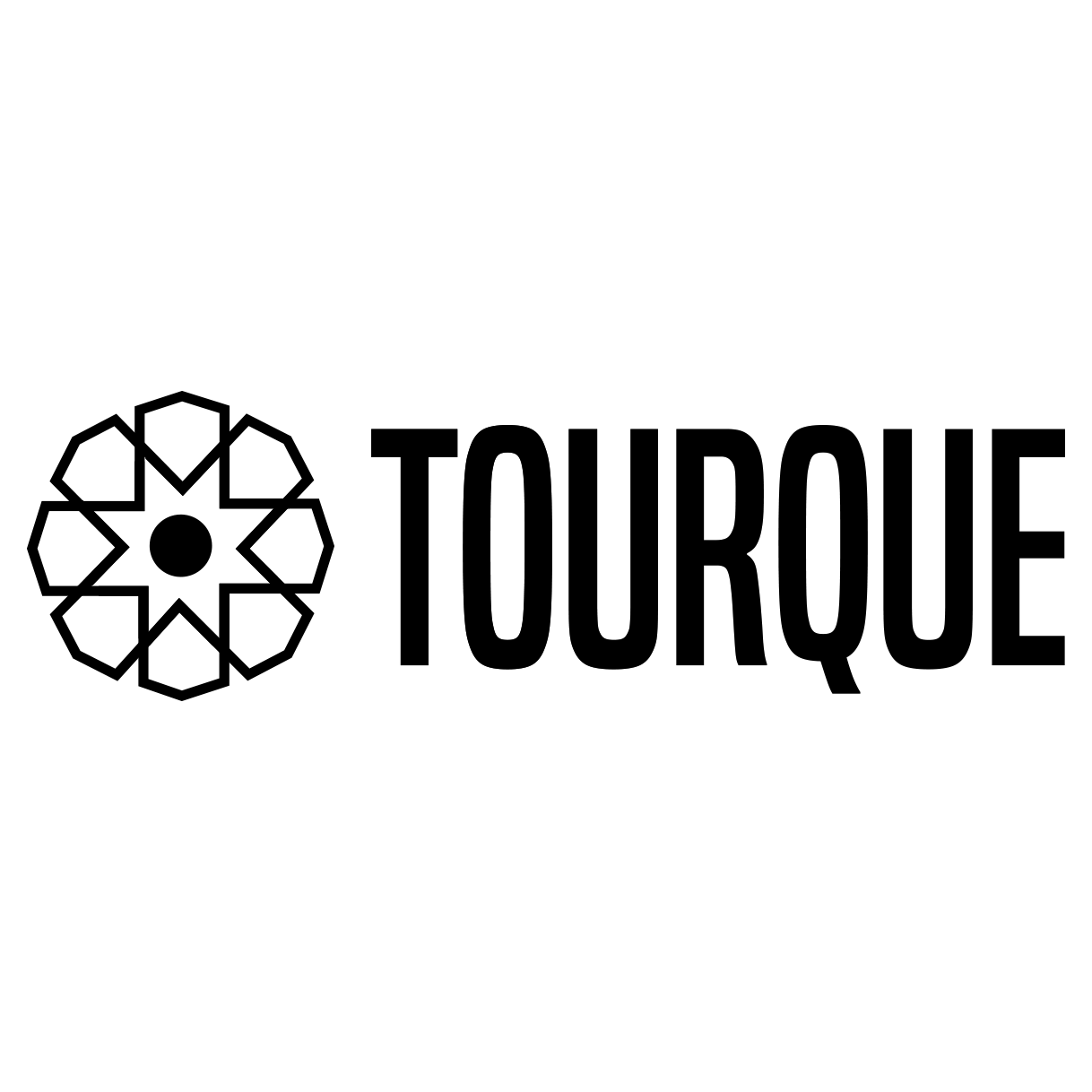






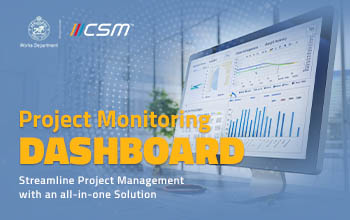
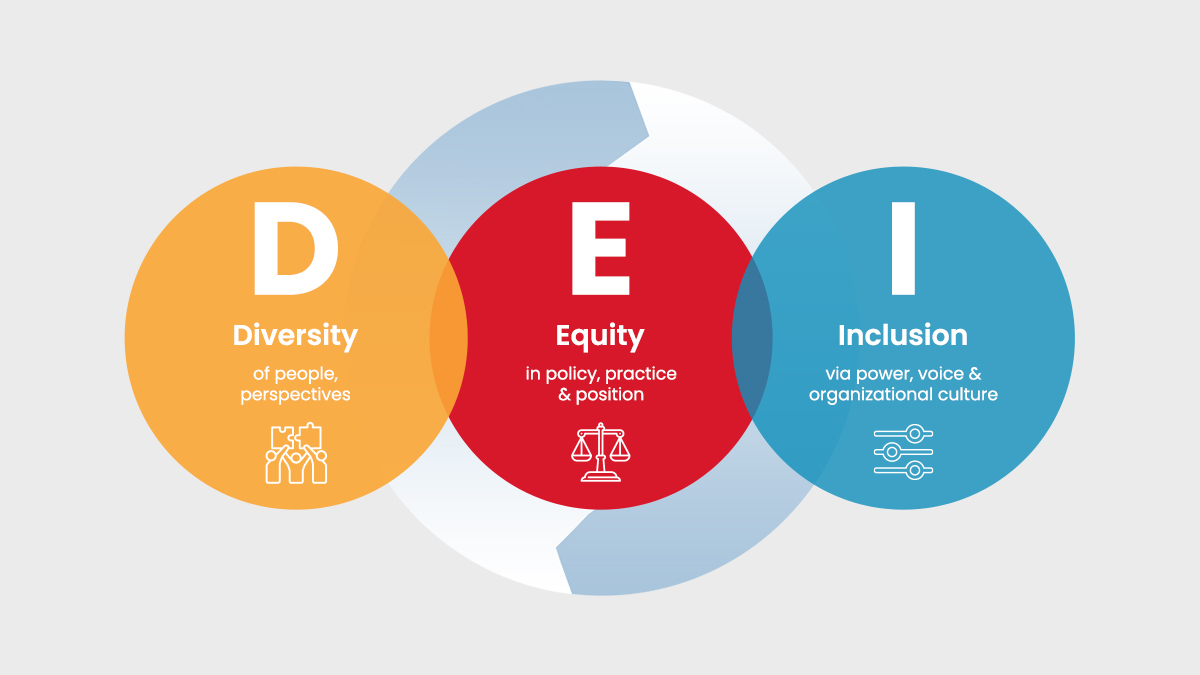




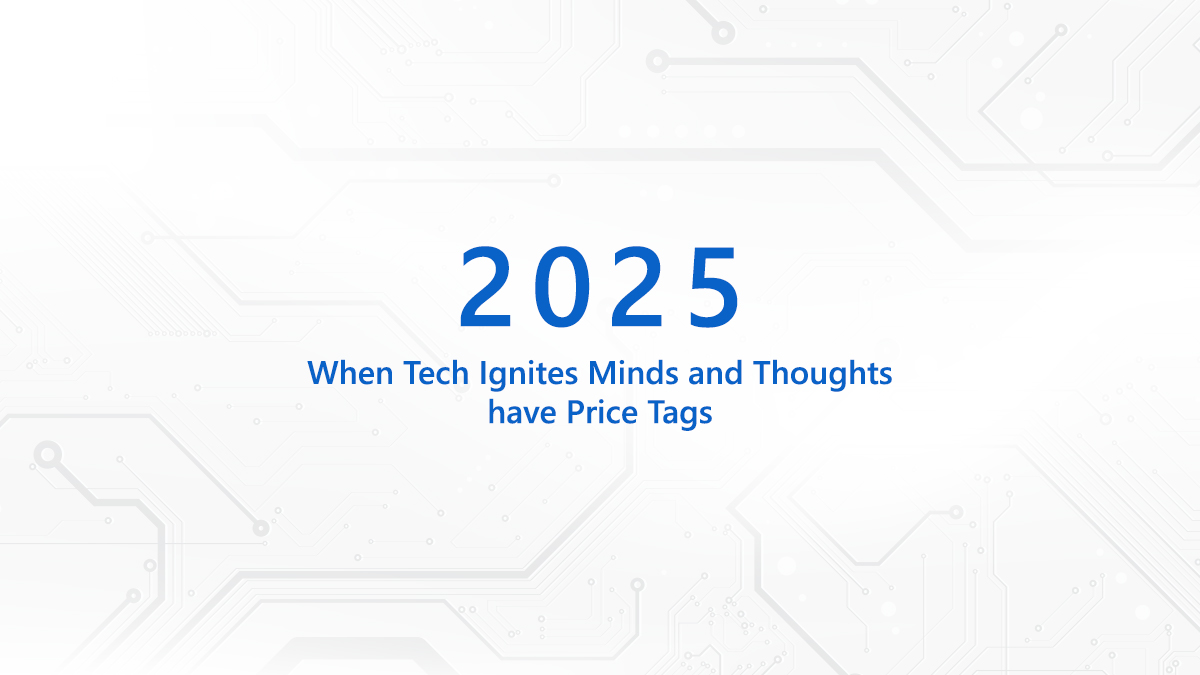







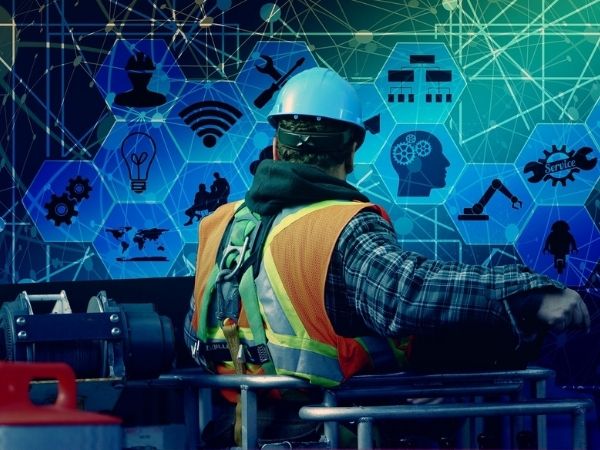

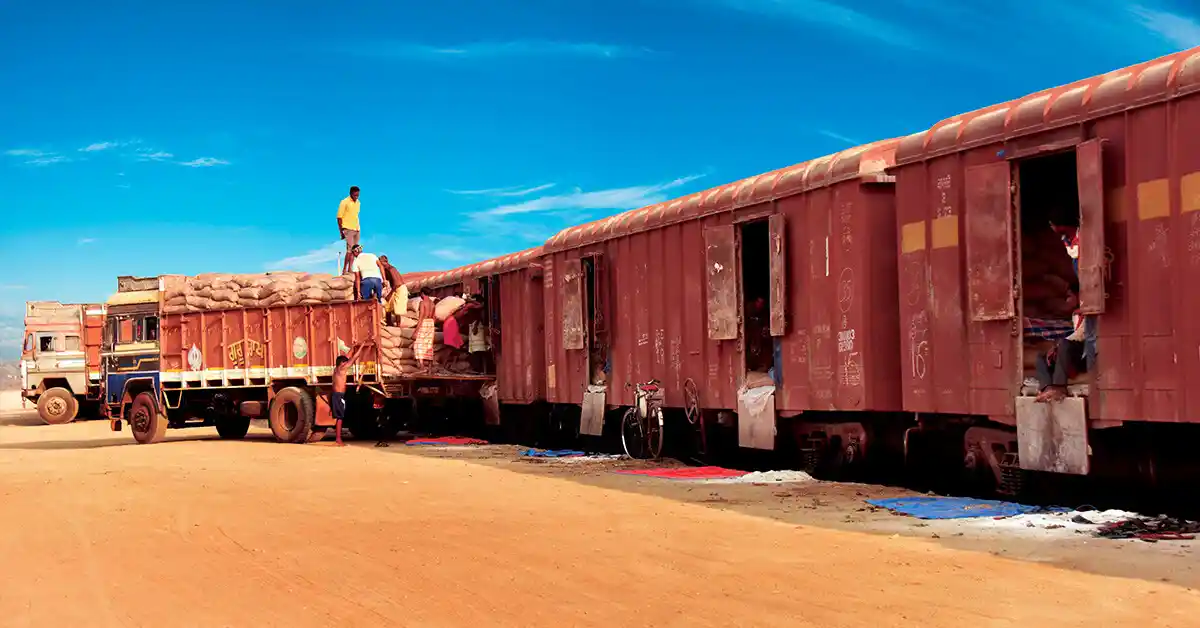



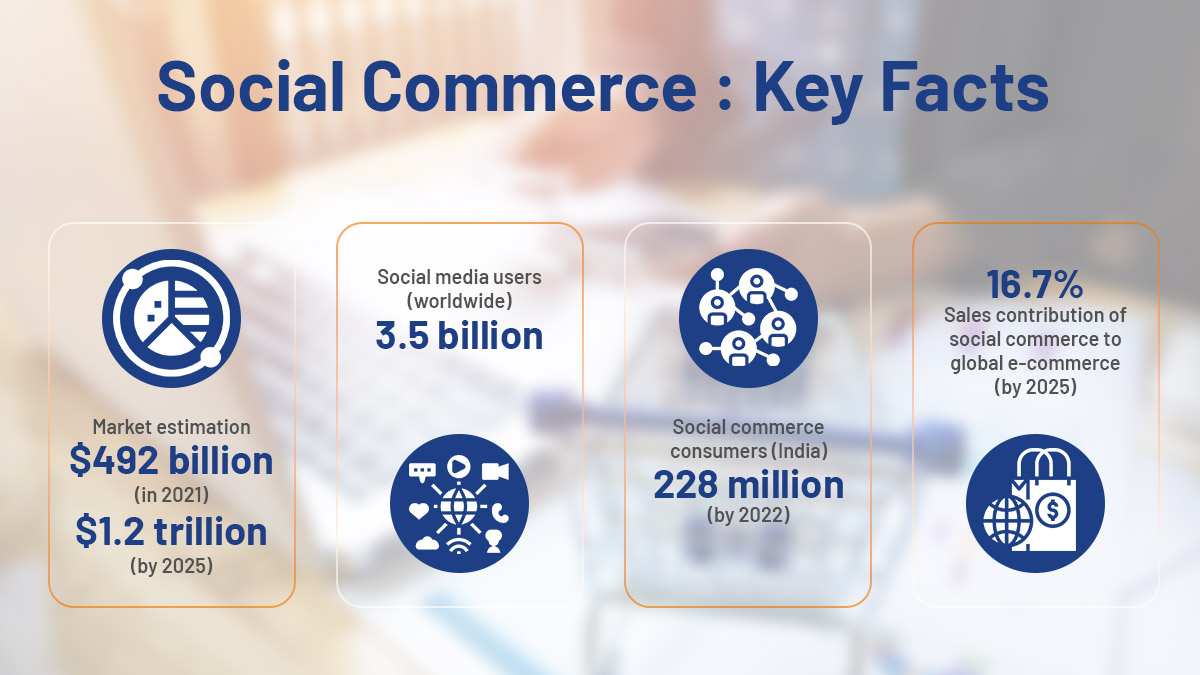


We will verify and publish your comment soon.